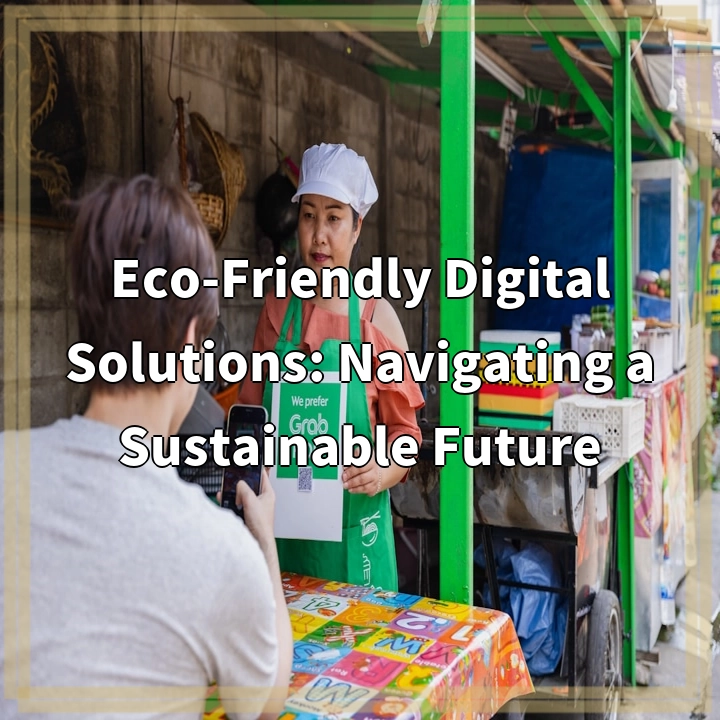
What are Eco-Friendly Digital Solutions?
Eco-friendly digital solutions refer to the use of technology and digital platforms to reduce environmental impact and promote sustainability. These solutions leverage the power of digital tools and practices to minimize resource consumption, decrease carbon emissions, and foster a more sustainable future.
Real-World Problems Associated with Eco-Friendly Digital Solutions
Eco-friendly digital solutions aim to address various environmental challenges that arise from the ever-increasing use of technology and digitalization. Some of the real-world problems include:
1. Electronic Waste
The rapid advancement in technology leads to a significant amount of electronic waste, also known as e-waste. Discarded electronic devices such as smartphones, laptops, and tablets contribute to landfill pollution and pose serious health risks due to toxic materials.
2. Energy Consumption
Data centers, cloud computing, and the continuous usage of digital devices consume a significant amount of energy. This energy demand contributes to carbon emissions and increases the environmental footprint of the digital industry.
3. Carbon Footprint
The carbon footprint of the digital industry includes the energy consumption required to power digital infrastructure, manufacture electronic devices, and transmit data. The exponential growth of internet usage and data storage contributes to carbon emissions and climate change.
4. Digital Divide
The transition to eco-friendly digital solutions also brings challenges related to the digital divide. The accessibility and affordability of technology in different regions and communities vary, resulting in unequal opportunities and hindered adoption of sustainable digital practices.
5. Ecosystem Impacts
The extraction of raw materials for the production of electronic devices, such as rare earth metals and minerals, often leads to environmental degradation and habitat destruction. Additionally, improper disposal of electronic waste can harm ecosystems and contaminate surrounding soil and water sources.

Solutions for Eco-Friendly Digital Solutions
While there are real-world problems associated with eco-friendly digital solutions, there are also various strategies and solutions being implemented to address these challenges:
1. E-Waste Management and Recycling
Proper e-waste management practices involve recycling and disposing of electronic devices responsibly. This includes initiatives for collection, refurbishment, and recycling of electronic waste to reduce environmental impact and recover valuable resources.
2. Energy Efficiency Measures
The digital industry can implement energy efficiency measures such as optimizing data centers, using renewable energy sources, and adopting energy-efficient hardware and software solutions. These measures help reduce energy consumption and carbon emissions.
3. Sustainable Manufacturing and Design
By promoting sustainable manufacturing and design practices, electronic devices can be produced with a reduced environmental footprint. This involves using eco-friendly materials, minimizing waste during production, and ensuring longevity and repairability of devices.
4. Bridging the Digital Divide
Efforts to bridge the digital divide and ensure equal access to technology can promote the adoption of eco-friendly digital solutions. This includes initiatives to increase connectivity, provide affordable devices, and deliver digital literacy programs in underserved communities.
5. Circular Economy Approaches
Adopting circular economy principles in the digital industry helps extend the lifespan of electronic devices through repair, refurbishment, and upgrading. This minimizes the need for new devices and reduces electronic waste generation.















